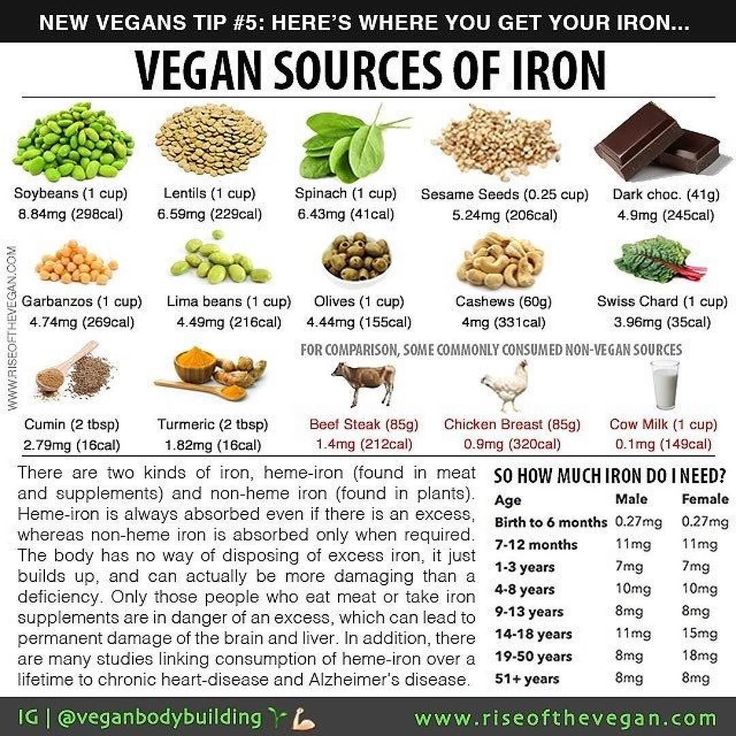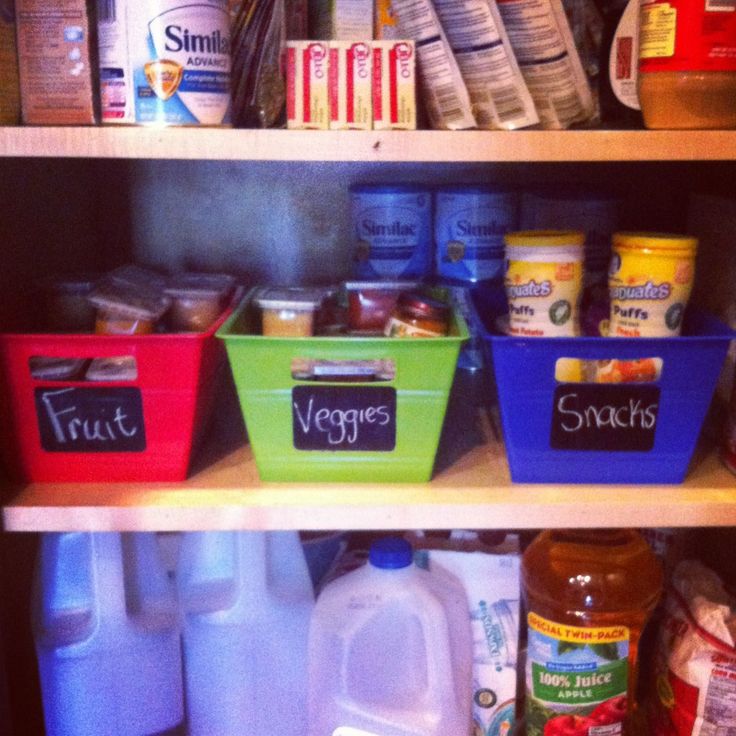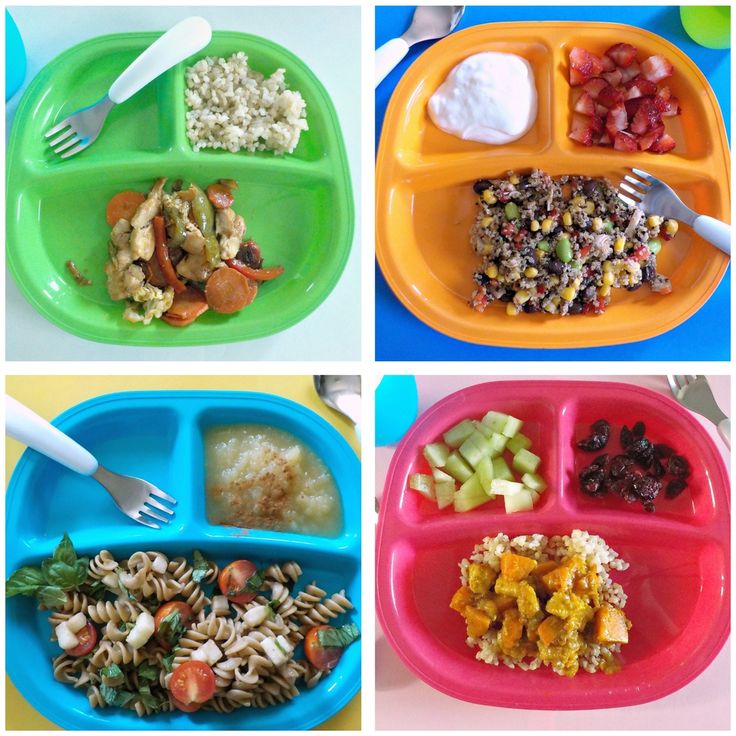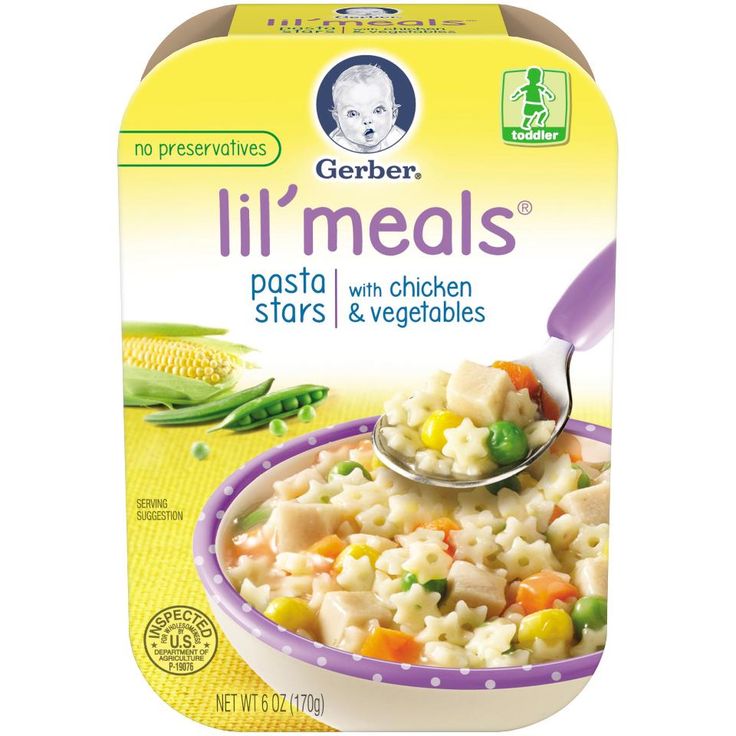How to cook kale baby food
Kale Baby Food Puree Combinations (Stage 2)
I’m coming at you with some more baby food recipes today! These three new baby food puree recipes feature kale. Kale is one of my favorite leafy greens and it’s so easy to add to stage 2 (and beyond) baby food! I’ll go over how to add healthy ingredients like apples, spinach, carrots, and bananas to kale to make delicious purees for baby below. These recipes are dairy free and only include whole ingredients.
There are endless possibilities when it comes to baby food combinations. Please feel free to try different combos depending on what ingredients you already have on hand. Also, check out my 6 Baby Food Combinations blog post if you’re looking for more ideas. I go over how to make purees and feature more fruit and veggie combinations in that post.
How to prepare kale for baby food
To prepare the kale for the baby food puree, make sure the kale is washed thoroughly with the stems removed. Then chop the kale into about 1-inch pieces. Alternatively, you can usually find kale already cut and prepared in the grocery store if you want to save time. Either way, fresh clean kale is what I am using in these recipes.
How to cook kale for baby food
If you are just cooking kale for baby food in general, all you need to do is add about ¼ cup of water to a saucepan (enough to cover the bottom of the pan). Heat the water so it is boiling and then add the prepared kale. Stir and let the kale wilt for about 1-2 minutes. It will turn bright green and become soft. Remove from the heat and then add it to your blender to puree. I will go over how to cook the kale with the recipes below but I thought it would be helpful to know how to steam the kale alone if needed.
3 Kale Baby Food Puree Combos
Kale + Spinach + Apple Puree
Puree Ingredients: ½ cup kale (washed and cut) + ½ cup spinach (washed) + ½ cup apple (washed, cut, and peeled)
Directions:
Steam: In a small saucepan or pot, add enough water to cover the bottom of the pot (about ¼ cup but add more water as you steam the apples if all the water evaporates). Then add the peeled apple slices to the pot. Cover and heat on medium-high. Steam the apples until they are soft when poked with a fork. Then remove the cover and add the clean kale and spinach. Stir and let the kale and spinach wilt (about 1 minute).
Then add the peeled apple slices to the pot. Cover and heat on medium-high. Steam the apples until they are soft when poked with a fork. Then remove the cover and add the clean kale and spinach. Stir and let the kale and spinach wilt (about 1 minute).
Drain: Once the kale and spinach are wilted, remove the pot from the heat and drain the excess liquid into a small bowl. Set aside.
Puree: To make the puree, add the steamed apples, kale and spinach to a blender or food processor. Blend until puree forms. Add the leftover pot water, if needed, for desired consistency.
Kale + Spinach + Carrot Puree
Puree Ingredients: ½ cup kale (washed and cut) + ½ cup spinach (washed) + ½ cup carrots (washed, cut, and peeled)
Directions:
Steam: In a small saucepan or pot, add enough water to cover the bottom of the pot (about ¼ cup but add more water as you steam the carrots if all the water evaporates).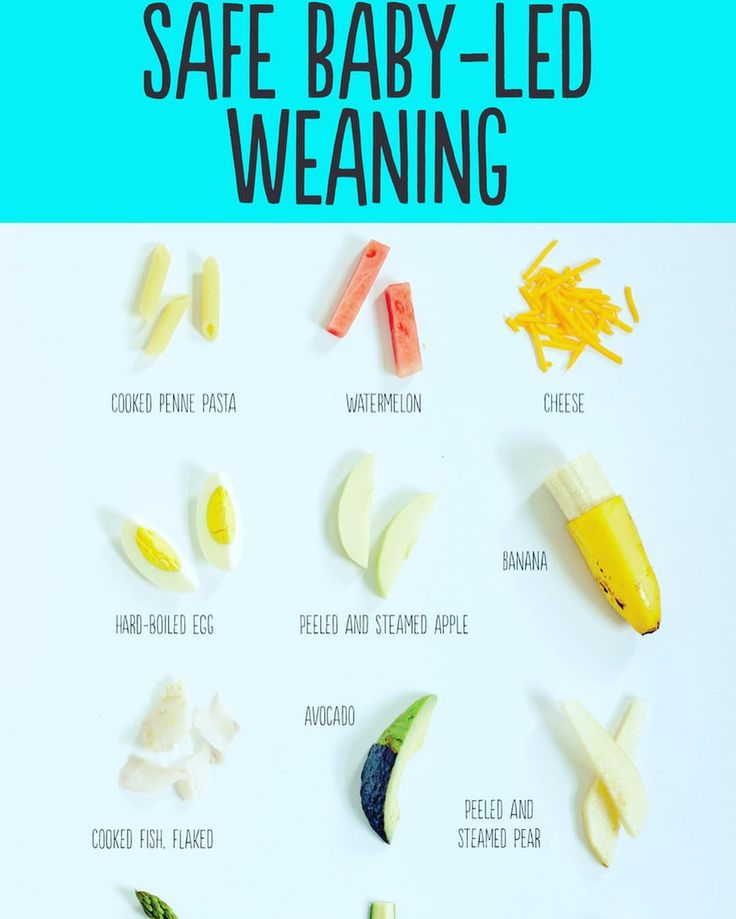 Then add the peeled and cut carrots to the pot. Cover and heat on medium-high. Steam the carrots until they are soft when poked with a fork. Then remove the cover and add the clean kale and spinach. Stir and let the kale and spinach wilt (about 1 minute).
Then add the peeled and cut carrots to the pot. Cover and heat on medium-high. Steam the carrots until they are soft when poked with a fork. Then remove the cover and add the clean kale and spinach. Stir and let the kale and spinach wilt (about 1 minute).
Drain: Once the kale and spinach are wilted, remove the pot from the heat and drain the excess liquid into a small bowl. Set aside.
Puree: To make the puree, add the steamed carrots, kale and spinach to a blender or food processor. Blend until puree forms. Add the leftover pot water, if needed, for desired consistency.
Kale + Apple + Banana Puree
Puree Ingredients: ½ cup kale (washed and cut) + ½ cup apple (washed, cut, and peeled), ¼ cup banana (peeled)
Directions:
Steam: In a small saucepan or pot, add enough water to cover the bottom of the pot (about ¼ cup but add more water as you steam the apples if all the water evaporates).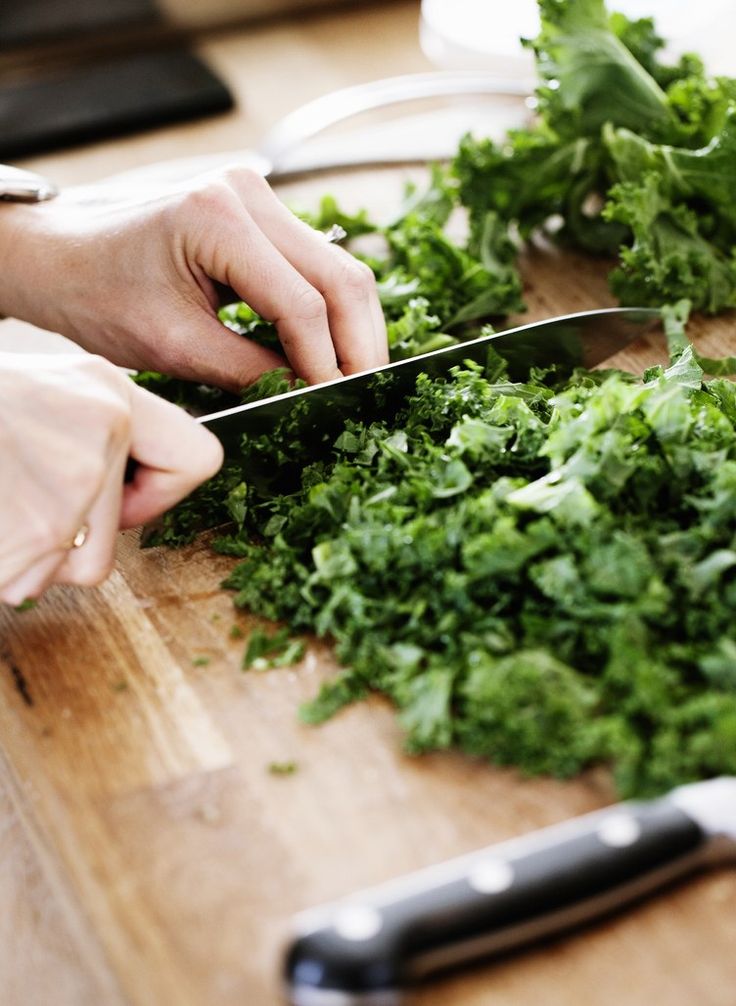 Then add the peeled apple slices to the pot. Cover and heat on medium-high. Steam the apples until they are soft when poked with a fork. Then remove the cover and add the clean kale. Stir and let the kale wilt (about 1 minute).
Then add the peeled apple slices to the pot. Cover and heat on medium-high. Steam the apples until they are soft when poked with a fork. Then remove the cover and add the clean kale. Stir and let the kale wilt (about 1 minute).
Drain: Once the kale is wilted, remove the pot from the heat and drain the excess liquid into a small bowl. Set aside.
Puree: To make the puree, add the steamed apples, kale and peeled banana to a blender or food processor. Blend until puree forms. Add the leftover pot water, if needed, for desired consistency.
How to Store Homemade Baby Food Purees
I go over how I store baby food more in-depth in my 6 baby food combinations blog post but in general, I use glass containers to store the purees in the fridge. The homemade baby food usually lasts about 3 days in the refrigerator. I also use these food safe silicone trays from Amazon to freeze the baby food purees. Once the purees are frozen I add the frozen cubes to a freezer safe ziplock bag. Then when I’m ready to use the puree, I just unthaw the individual cubes and keep the rest frozen. They usually last in the freezer for up to 3 months.
Once the purees are frozen I add the frozen cubes to a freezer safe ziplock bag. Then when I’m ready to use the puree, I just unthaw the individual cubes and keep the rest frozen. They usually last in the freezer for up to 3 months.
More Baby Food Recipes:
- 6 Homemade Baby Food Combinations (Stage 2)
- 3 Sweet Potato Baby Food Combinations (Stage 2)
- How To Make Baby Oatmeal
- Applesauce Baby Pancakes
Let's connect!
I love hearing from you! If you want to see more baby related content or have a question, please let me know. Feel free to leave a comment and follow us on Instagram for more recipes and behind the scenes action. Have a great day!
This post contains affiliate links. Thank you for supporting With Sweet Honey!
Blender
- ½ cup kale washed and cut
- ½ cup spinach washed
- ½ cup apple washed, cut, and peeled
- a little bit of water if needed, to thin
- ½ cup kale washed and cut
- ½ cup spinach washed
- ½ cup carrots washed, cut, and peeled
- a little bit of water if needed, to thin
- ½ cup kale washed and cut
- ½ cup apple washed, cut, and peeled
- ¼ cup banana peeled
- a little bit of water if needed, to thin
Choose one of the combinations above.
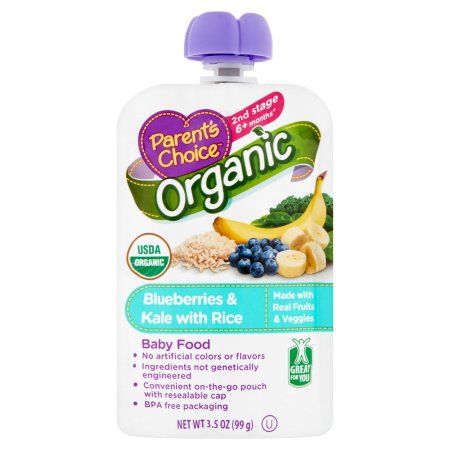 Follow the instructions above to steam the fruit and veggies.
Follow the instructions above to steam the fruit and veggies.Add the ingredients to a high powered blender or food processor to make the puree. Add some leftover water if needed to thin.
Serve or store in the refrigerator or freezer. See above section on how to store baby food for more details.
Tried this recipe?Tag @withsweethoney on Instagram!
Apple + Kale Baby Food Puree (6 months and up)
by Michele Olivier on July 11, 2017 (updated Feb 25, 2021)
Jump to Recipe
5 stars (4 ratings)
This smooth and sweet Apple + Kale Baby Food Puree is a fun and easy way to introduce mighty kale to your little one. Great for 6+ months – Stage 2 Baby Food.
Apple Kale Baby FoodKale can be a tough vegetable to introduce into your baby’s diet.
Too much kale in a puree and it can become super bitter 🙊.
Too little kale and you are missing out on essential nutrients.
To find the perfect balance – we are going to steam the apples until just tender and then cook the kale for a super short time to make sure we find the magical combination of kale and apple that baby will love 💚.
REASONS TO LOVE THIS Apple + Kale BABY FOOD PUREE:- great baby food for 6+ months
- stage two puree
- 2 simple ingredients
- super smooth and creamy
- delicious green puree
- easy to make – less than 15 minutes
- freezer-friendly
- budget-friendly
- homemade
- healthy
- organic – can easily (and cheaply) use organic apples and kale
Apple – this is the base of the puree.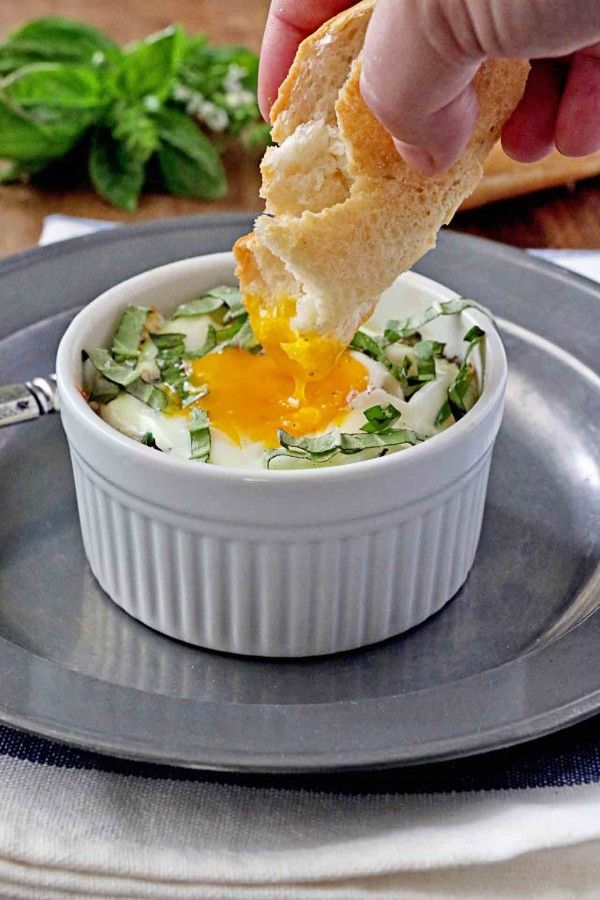 Apple puree is sweet, simple and provides a solid base for almost any puree for baby without it being too watery. Most babies love apple puree so using it as a base for any vegetable combination is a common way to get baby to eat denser vegetables. But don’t count apples out for adding in a ton of nutrition. Apples are loaded with two different kinds of fiber, vitamins C, K and B6, potassium and they are a great source of antioxidants. These nutrients combined make apples an anti-inflammatory food that helps improve digestion, promotes bone health, aides pulmonary function and helps fight cardiovascular disease.
Apple puree is sweet, simple and provides a solid base for almost any puree for baby without it being too watery. Most babies love apple puree so using it as a base for any vegetable combination is a common way to get baby to eat denser vegetables. But don’t count apples out for adding in a ton of nutrition. Apples are loaded with two different kinds of fiber, vitamins C, K and B6, potassium and they are a great source of antioxidants. These nutrients combined make apples an anti-inflammatory food that helps improve digestion, promotes bone health, aides pulmonary function and helps fight cardiovascular disease.
Kale – mighty kale! The superfood which every adult loves (or hates) to eat. Kale is loaded with vitamins K, A, C and B6, manganese, copper, calcium, iron and folate, just to name a few of its many nutrients. Put all of these together and kale helps support a healthy heart, promotes eye health, and aides in brain development in babies! Kale is truly super food for both you and baby.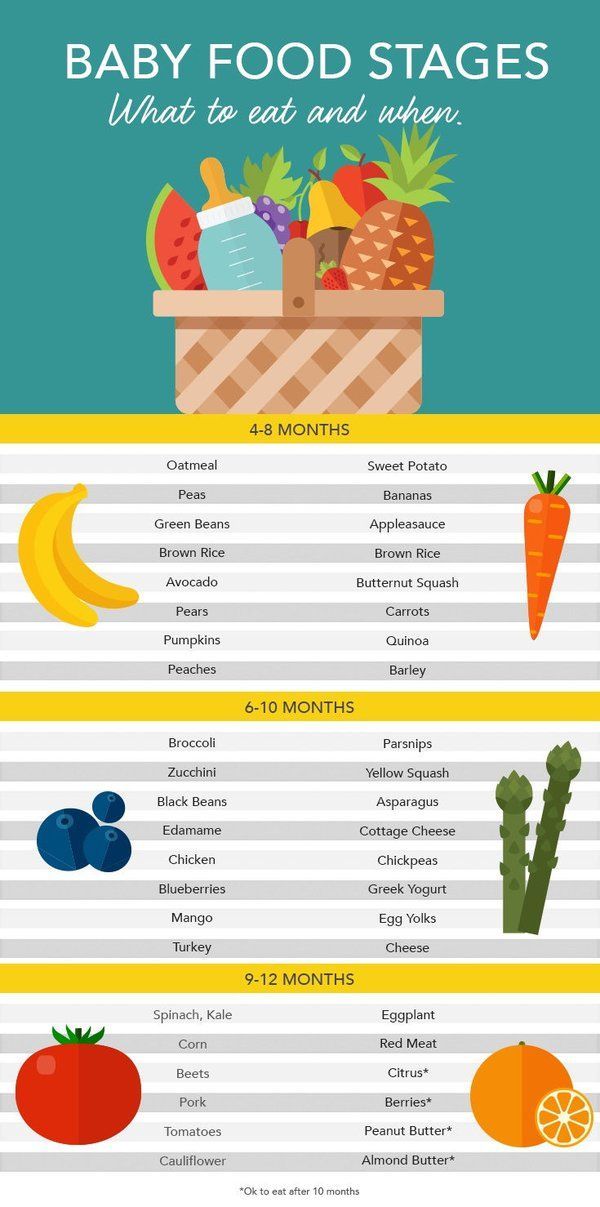
- Peel, core and chop apples.
- Place the apples into a steamer basket, and steam for 8-9 minutes.
- Add in the kale and steam for 1-2 more minutes or until the kale is just wilted.
- Place all ingredients into a blender and puree for 1-2 minutes on medium-high speed until completely smooth.
- Serve to baby or freeze for a later meal.
I like to serve this puree with a big spoonful of plain full-fat yogurt mixed in, because when you are going to serve this many nutrients to baby you might as well go all the way. Go big or go home, is my motto! Plain full-fat yogurt is a great way to add in some healthy fats that are great for brain development, probiotics to promote a healthy gut and calcium for healthy bones and muscles.
Any way you serve this puree, it will be a winner in your little ones eyes (and mouth)!
TOOLS YOU’LL NEED- Medium Saucepan
- Steamer Basket
- Blender or Food Processor
- Freezer Tray
- Storage Containers for Fridge
- 7 Organic Starter Baby Purees for Under $20
- 15 Stage One Baby Purees (that actually taste delicious)
- 10 Super Starter Purees for Baby (Tips, Recipes and Starters Guide on How to Feed Baby)
- 5 Minute Mango Baby Food Puree
- Sweet Potato Baby Puree – 3 Delicious Ways
I’D LOVE TO KNOW HOW IT TURNED OUT! LEAVE A COMMENT AND A ⭐️ RATING BELOW 👇
- 4 apples, peeled, cored and roughly chopped
- 1/2 cup kale, roughly chopped
In a medium saucepan over medium heat, bring 2 inches of water to a boil.
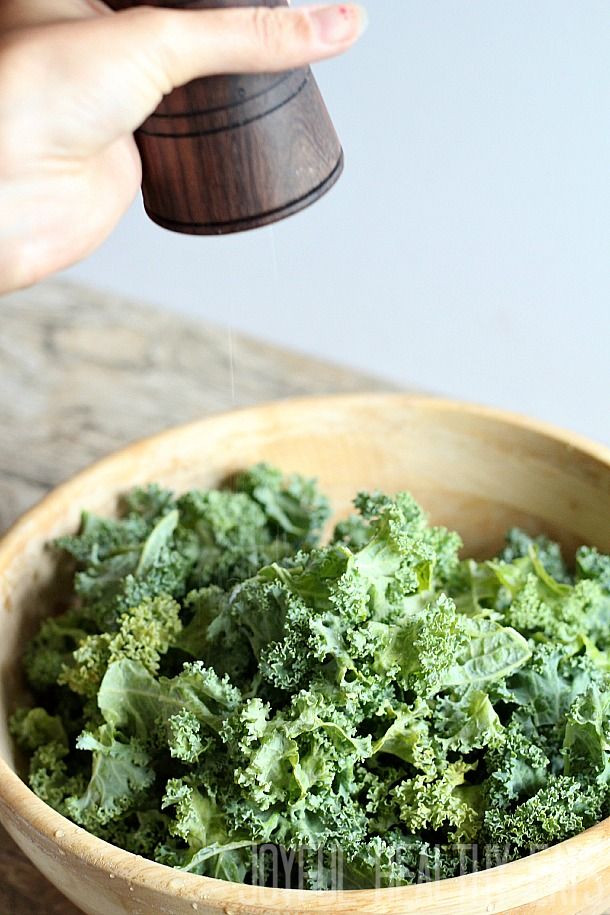 Place the chopped apples into a steamer basket over the boiling water, cover and steam for 8-9 minutes or until tender when pricked with a fork. Place the kale over the apples, cover and steam for an additional 1-2 minutes or until the kale is just wilted. Let cool slightly. Reserve steamer water.
Place the chopped apples into a steamer basket over the boiling water, cover and steam for 8-9 minutes or until tender when pricked with a fork. Place the kale over the apples, cover and steam for an additional 1-2 minutes or until the kale is just wilted. Let cool slightly. Reserve steamer water.Place all of the ingredients into a blender or food processor and puree for 1-2 minutes or until completely smooth. If your puree is too thick, add in the reserved steamer water, breast milk, formula or water into the blender in 1/4 cup incraments until you achieve your desired texture. I had to use 1/2 cup of reserved steamer water for the puree featured above, but amounts of added liquid will vary with each batch.
Serve to baby or freeze for another meal.
Spice It Up: Feel free to add in 1/2 tsp cinnamon, 1/4 tsp ginger, 1/8 tsp cloves, 1/2 tsp vanilla extract or all of the above for a spice sensation!
Age: from about 6 months and up
Yield: roughly 18 ounces
Storage: Fridge – store in an airtight container in the fridge for 3-4 days.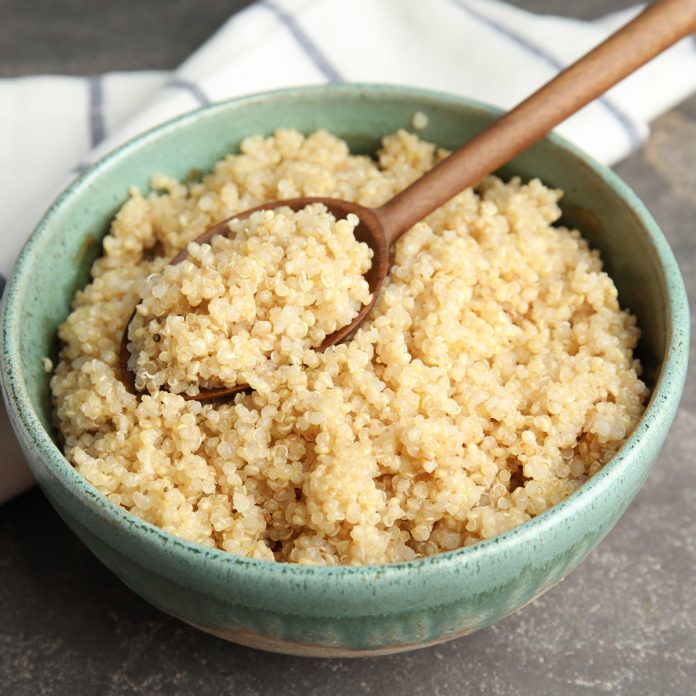 Freezer – can be frozen for up to 4 months (this and this are my favorite freezer storage containers).
Freezer – can be frozen for up to 4 months (this and this are my favorite freezer storage containers).
Favorite Kitchen Tools: Get a list of my favorite kitchen tools to make the best baby food here!
Did you make this recipe?
Tag @babyfoode on Instagram and hashtag it #babyfoode!
Pin <em>Recipe</em> Email <em>a Friend</em>
How to cook cauliflower for baby puree for feeding babies and how long will it take?
Vegetables are the staple food for children. They begin to accompany babies from the age of six months, when children try the first food in their lives. One of the most beloved and easily digestible vegetables is cauliflower.
When a child turns six months old, all mothers face the issue of introducing complementary foods. Pediatricians advise starting this acquaintance of a young gourmet with white or green vegetables, thereby protecting the baby from allergies. For these purposes, cauliflower is ideal, because it is tasty, healthy and easy to cook. nine0003
For these purposes, cauliflower is ideal, because it is tasty, healthy and easy to cook. nine0003
Show content
- Purpose of cooking before preparing baby puree for babies
- Difference between fresh and frozen
- How to boil a vegetable for a baby and how long does it take after boiling?
- Cooking container
Purpose of cooking before preparing baby puree for babies
When introducing the "curly" fruit into food, it is necessary to boil it well. During heat treatment, all unwanted inhabitants will come out of the cabbage - bugs and worms. This often happens when a product is bought at a farmers' market and not given due attention to inspection. In addition, boiling destroys all harmful substances in the form of fertilizers and sprays when growing .
After a short simmer in a pot of water, the pieces easily turn into a gentle and easily digestible baby puree.
Difference between fresh and frozen
To properly prepare a fresh version of the fruit, first rinse it thoroughly, disassemble it into inflorescences, and then start boiling.
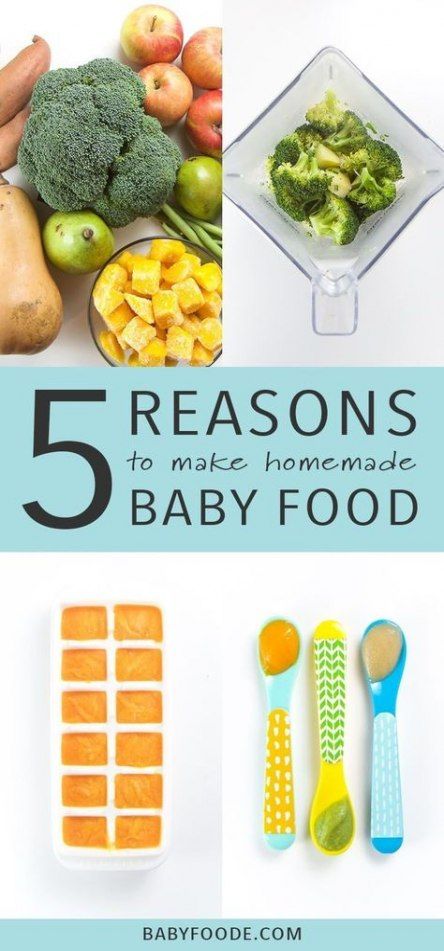
Frozen pieces have usually already been washed and cut before being sent to the freezer, so they do not need to be washed and thawed again. They can immediately go into a container of boiling water. It should be noted here that exposure to frost partially destroys important vitamins and trace elements in cabbage , therefore, the benefits are slightly less.
How to boil a vegetable for a child and how long will it take after boiling?
- First of all, carefully inspect the product - do not eat places marked with black spots or other visible damage.
This indicates that the vegetable crop has begun to deteriorate. Also, the yellowed leaves of the head indicate "not the first freshness." The gastrointestinal tract of the baby is not yet strong, so do not take risks. Frozen cabbage should not have darkened areas and large pieces of ice. nine0003
- Any ingredients - be it a fruit, vegetable or porridge - try to cook at once, so pinch off a small amount - a couple of inflorescences without rough legs and rinse well under running cold water.
Special brushes do a good job of removing dirt.
For removing insects and pesticides, soaking the product for half an hour in a bowl of cool boiled water is good.
- Pour a small amount of water into a saucepan - to cover the contents - and put on fire. When the boiling process begins, place the workpiece in it and cook for 10-12 minutes after the secondary boil under a closed lid. nine0011
- Do not add salt or any other spices.
- Steaming a vegetable is even healthier, because steam preserves all the vitamins and minerals and saturates the child's body with them. For these purposes, use a double boiler or a special basket that is installed over a boiling pot. This process will take no more than 15 minutes.
It is not forbidden to cook food for babies in a slow cooker. However, give this method more time - 25 minutes.
A microwave oven is also suitable for such purposes. In glassware, the product will last 7-10 minutes at maximum mode until fully cooked.
nine0003
- Do not cook too long - as all useful and flavoring properties will be completely destroyed under prolonged exposure to temperature.
- After the time has elapsed, check for readiness. Pierce it with a fork or knife - the cutlery should easily enter into it. It will not be superfluous to taste it - it should easily stretch your tongue against the sky. So it's ready.
- Then, drain the water and grind with a blender until a homogeneous slurry is obtained. If you don't have special tools for pureeing, then mash with a fork, and then grind through a strainer or cheesecloth. nine0011
- If the mixture is too loose, dilute it a little with vegetable broth, breast milk or formula. 1-2 teaspoons will be enough. The ideal consistency is like kefir. After a month, when such a dish becomes familiar, add a drop of vegetable oil to the gruel.
You can learn more about how much to cook fresh cauliflower so as not to spoil the finished dish in this material, and more about how much to cook frozen cauliflower can be found here.
nine0003
Half a teaspoon of puree will suffice for the first test. If there are no problems with digestion and allergic reactions do not appear, you can safely increase it to the daily norm - 50 gr. By the year, the norm is brought to 200 gr. Assimilation will be even easier if the mother herself eats cauliflower dishes during breastfeeding.
It is not necessary for a child who has celebrated the first year of life to give a crushed version. Offer him boiled pieces as a side dish or in soup. nine0003
Cooking container
Care must be taken when choosing dishes. It is best to cook in an enamel pan or one made of stainless steel. It is not recommended to use an iron or aluminum container - the metal case reacts with the chemical composition of the product.
Cauliflower is incredibly healthy . It copes well with the problem of constipation and low hemoglobin levels in children. Do not forget that the taste habits of the child are laid already in the first year of life, so try to introduce him to as much gastronomic diversity as possible.
nine0003
Top
Go to Channel
3 First Food Recipes
Cauliflower is rich in phytochemicals that help prevent cancer. Cauliflower also contains vitamin A, vitamin C and even calcium. Read on to find out when to introduce cauliflower into baby food and how to prepare cauliflower for your baby's first feeding.
Read also: How to cook meat for weaning: 3 recipes for babies
Allergy to cauliflower in infants is extremely rare, but despite this, it is not recommended to use it as the first vegetable for complementary foods. This is due to the fact that, as with broccoli, it can cause increased gas formation in infants. If the child did not have problems with digestion, then you can introduce mashed cauliflower at 6-8 months. Otherwise, it is better to wait up to 8-10 months.
Earlier we wrote about how to cook broccoli for the first feeding, and today we will tell you how to cook cauliflower for feeding babies. nine0003
nine0003
How to prepare baby food cauliflower
The best way to prepare baby food cauliflower is not to boil it, but to steam it.
Steaming cauliflower retains most of the nutrients. Baked or boiled cauliflower are also cooking options.
Baby Cauliflower Puree
Ingredients:
1 Cauliflower
How to cook:
Step 1: Wash the cauliflower under cold water.
Step 2: Remove green leaves to reach florets.
Step 3: Break the inflorescence into small pieces; use only the florets for mashed cauliflower for the first feeding. This will give you a smoother, smoother puree. Steam until soft.
Step 4: Place the cooked cauliflower in a blender and puree until smooth. nine0003
Step 5: Add water as needed to achieve a smooth, tender texture.
See also: How to feed carrots: carrot puree for babies
Cauliflower, potato and zucchini puree for babies
Ingredients:
2 potatoes;
1 zucchini;
1 cup cauliflower
How to cook:
Step 1: Clean the vegetables and cut into small pieces.
Step 2: Steam vegetables in a steamer or in a basket over a pot of boiling water.
Step 3: Puree the vegetables with a blender, using a little water to get the right consistency (usually 1-2 tablespoons is enough).
You can also use breast milk (or formula if formula-fed) to mix into the puree. nine0003
Cauliflower and Broccoli Baby Puree
Ingredients:
- 50g broccoli, washed and cut into small florets:
- 50 g cauliflower, washed and cut into small florets:
- some breast milk or formula.


